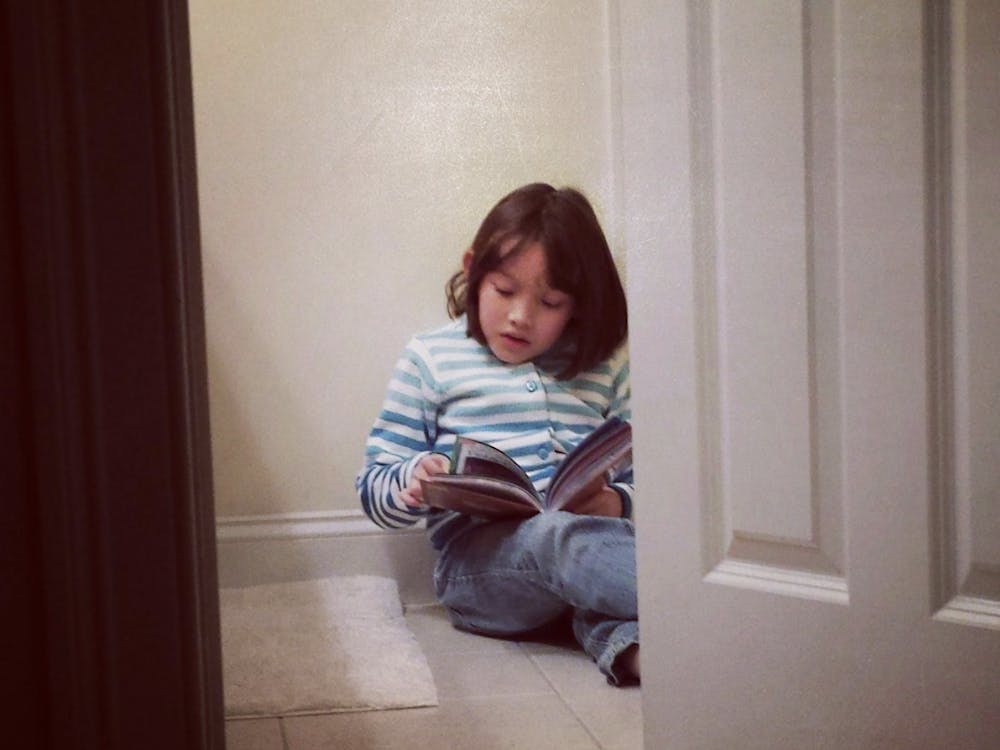Confession: I may or may not have an addiction to postcards. This is probably a symptom of what many study abroad students find themselves suffering from, a condition that can only be described as “wanderlust.” The symptoms range in severity. There’s the constant stalking of the BuzzFeed travel section, the entire shelf devoted to travel books, a list of 206 different bookmarked places to research, an ever-increasing list of trips on the horizon and a quite unhappy credit card courtesy of your new best friends: Kayak and hostelworld.com. Oh yeah, and then there’s that pesky addiction to postcards.
It’s hard to describe why I love the idea of postcards so much. There’s something special about finding a postcard with the perfect image. Then there’s the writing of it—describing the experience to share with family and friends. The moment when I finally stick it in the mailbox is a pure adrenaline rush. I’ll also admit that sometimes I even buy post cards just for myself, little souvenirs to hang on my walls when I finally finish my year abroad.
But for now, here’s my first postcard, from a small city in Spain where I spent my first two weeks in Spain: Salamanca.
My semester abroad started in the heat of a mid-August Spain. Immediately after arriving in Madrid, the program took us to Salamanca, two hours outside the capital. Salamanca is a place that I can really only describe as “quaint.” The city is home of the oldest university in Spain, with long narrow streets, a towering cathedral, and the emblematic Plaza Mayor. Between the long walks down crowded streets, late evenings in the Plaza Mayor, and mid-day siestas in the sun, I really felt as if I were beginning to live the Spanish lifestyle in Salamanca.
Here are five things that cannot be missed in the city:
1. Sangria in The Plaza Mayor
There’s nothing more emblematic about Salamanca than the Plaza Mayor. The three-level 18th century square, its high ceiling arches around the corners, and the giant clock at the center present the perfect meeting place for everyone to meet up and grab that first glass of sangria. In the evenings, just after dusk the lights turn on and the entire city comes alive. Due to the heat of the summer, there was practically no one around during the day, but at night the entire world showed up to hang out in the plaza. Under the clock, mariachi bands played and tourists dined on paella and slices of cheese. I personally always saw that moment as the perfect time to drink a glass of sangria, cool off, and sink into that luxurious Spanish evening.
2. Do as the tourists do with a tour of the historical cathedral.
There are A LOT of cathedrals in Spain. After visiting a few different cities, the cathedrals begin to blend together—the ornate vaulted ceilings, golden domes, organs that still miraculously work—it all begins to seem the same. Salamanca’s cathedral, on the other hand, is unique. Instead of destroying the original cathedral when the population outgrew its capacity like what was done with most cathedrals of the 12th or 13th century, the people of Salamanca in the 16th century constructed an adjacent cathedral with a completely different style. Named the “Old” and the “New” cathedrals, the two together create a beautiful structure that combines two very different styles of architecture. Be sure to climb to the top of the cathedral for a fantastic view of the entire city.
3. Don’t forget to tapear, tapear, tapear.
After your siesta, it’s always time for tapas — except tapas in Salamanca are actually called “pinchos” but that doesn’t matter — the point is, tapas are amazing. Although they’re served almost all day, it’s most common to share a whole bunch of small plates with your friends a few hours before a late dinner. Sometimes the pinchos would even come free with a drink. Things the Spaniards love: ham, bread, and cheese. For a cheese-lover like me, there was always a yummy option. Plus sharing between friends made for a very cheap snack.
4. Next: add your own lock in Huerto de Calisto y Melibea.
This garden at the edge of the city, not only has a wonderful view of the cathedral, but has a great story attached to it. The 16th century novel, La Celestina, recounts the romantic story of two characters in love, Calisto and Melibea. Statues of the two characters welcome visitors to Salamanca in the garden. In honor of them, many couples bring a lock to attach to the well in the center of the garden. Legend has it that their love will then last forever. Writing names on locks is not an uncommon practice all around Europe, but the story that goes along with this garden seemed particularly sentimental.
5. Last but not least! Chocolate con churros.
Spaniards don’t do American breakfasts. Brunch is not a thing. But before you get too upset, remember the chocolate con churros. It’s not churros con chocolate. It’s chocolate con churros. Emphasis on the chocolate. Much of the first week of the trip was spent in pursuit of finding said churros. Everyone always seemed to want to have them mid-day or around mid-night, post-dinner, but unfortunately in Salamanca they are only served in the morning for breakfast. On the last day of the trip, though, we realized the best way to experience churros was to stay up all night and get them fresh at 5 o’clock in the morning. This practice is not for the weak, but I will attest they were the best churros I’ve ever had.
So there you go. Salamanca awaits! I can honestly say that I loved every moment of those first few weeks — my beginner course into the Spanish lifestyle.




